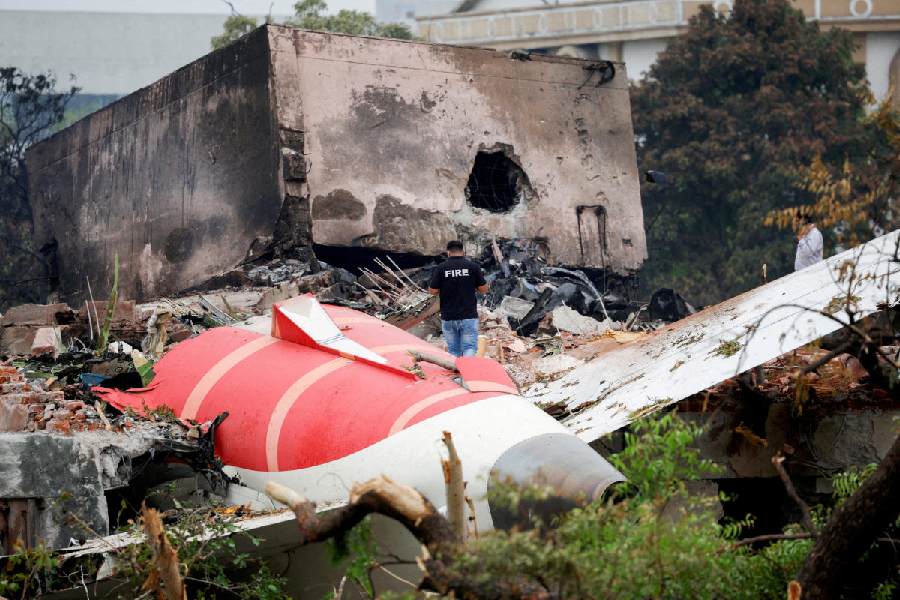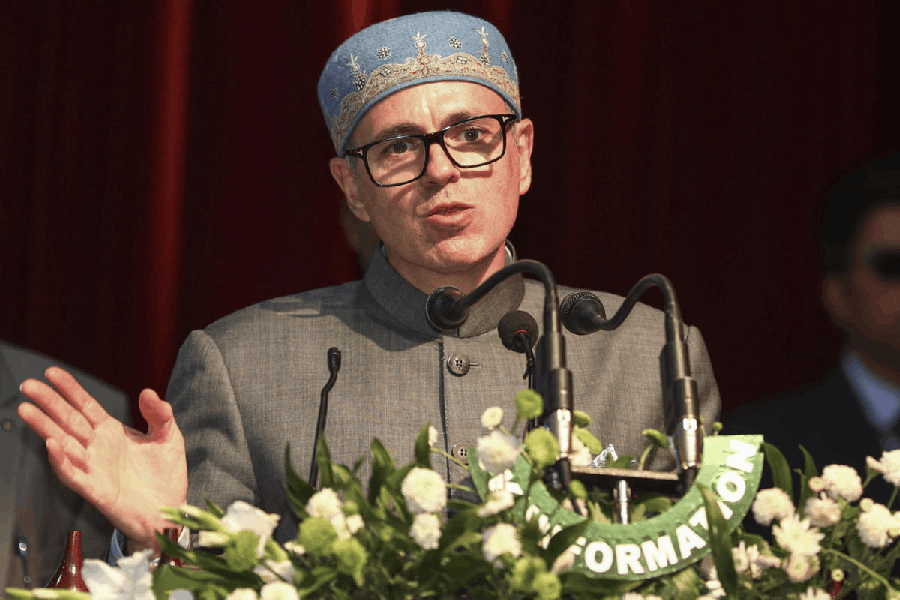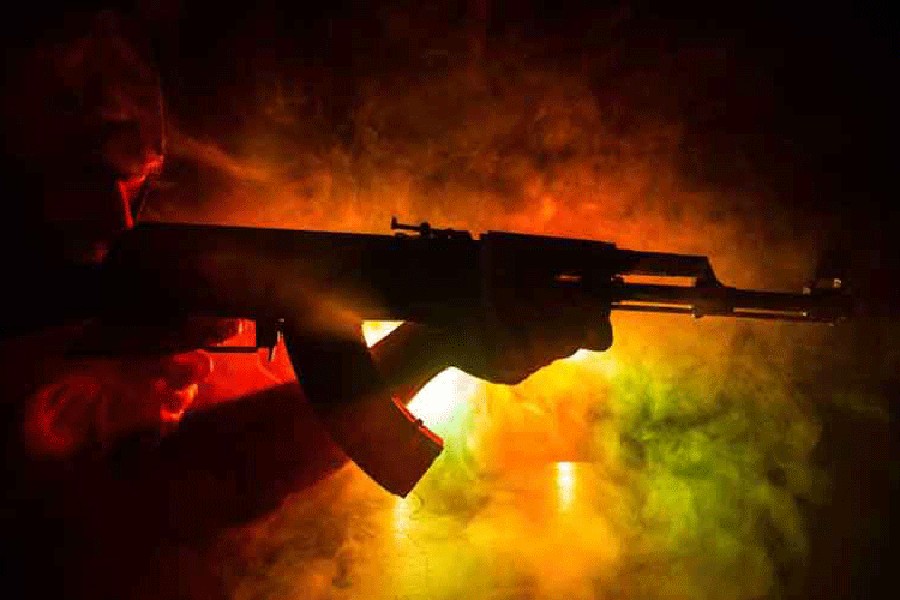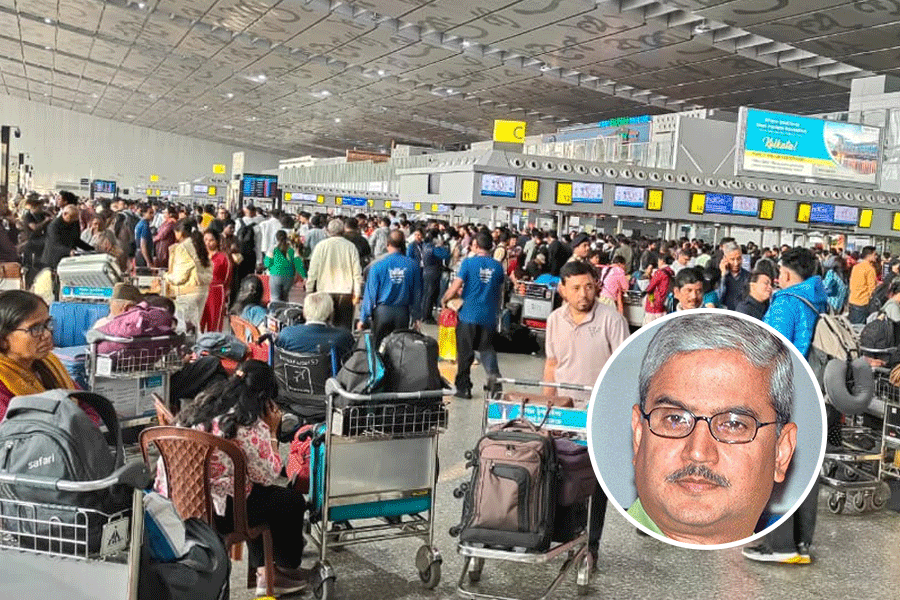Investigators probing the fatal June 12 crash of an Air India Boeing 787 Dreamliner in Ahmedabad are focusing on the actions of the flight’s pilots, with preliminary assessments not indicating any fault with the aircraft, according to a Wall Street Journal report.
The crash, which claimed the lives of 260 people including all but one onboard, occurred shortly after takeoff on June 12 when the plane plunged into a hostel for medical students.
Preliminary findings suggest the switches controlling fuel flow to the plane’s two engines were turned off, resulting in a sudden and complete loss of thrust, according to a WSJ exclusive.
The switches in question are normally kept on throughout the flight. Pilots use them to start the engines, shut them down or reset them during certain emergencies.
It remains unclear how or why these switches were turned off or whether there was an attempt to turn them back on before the crash occurred.
This action may also explain why the aircraft’s emergency power generator, known as a ram air turbine (RAT), was deployed just before the crash.
A RAT is a small, wind-powered generator that provides critical electrical and hydraulic power during emergencies. Its deployment suggests a complete loss of engine power in the moments before the accident.
India’s Aircraft Accident Investigation Bureau, which is leading the investigation, is expected to release a preliminary report as soon as Friday.
The bureau did not respond to a WSJ's request for comment on Thursday.
Indian civil aviation official Murlidhar Mohol told NDTV in late June that it was “a very rare incident” and that “it has never happened that both the engines stopped together.”
The aircraft’s captain, Sumeet Sabharwal, had more than 10,000 hours of flying experience with wide-body aircraft, while his co-pilot, Clive Kunder, had over 3,400 hours of flight experience, according to Air India. Family members of both pilots declined to comment.
The ongoing investigation has significant implications for all involved parties. Air India, the country’s oldest airline, has been undergoing a major transformation following decades of state ownership.
The crash is also the first fatal accident involving the Dreamliner model, which has generally had a strong safety record since its introduction in 2011.
The Boeing 787 Dreamliner involved in the crash was delivered to Air India in January 2014. Manufactured by Boeing and powered by engines from GE Aerospace, the aircraft is widely used on long-haul international routes.
So far, early assessments from U.S. officials have not identified any problems with the model or its engines.
The U.S. National Transportation Safety Board (NTSB) is supporting the Indian-led probe, while the Federal Aviation Administration (FAA), Boeing and GE Aerospace are also providing technical assistance.
Neither the FAA nor the aircraft or engine manufacturers have issued any service bulletins or safety directives in the wake of the crash. Such measures are typically implemented if investigations uncover faults in aircraft design, maintenance or operations.
The Air Current, an industry publication, earlier reported that the investigation had narrowed its focus to the engine fuel control switches. While early assessments offer valuable leads, they can often be contradicted as new data and interpretations emerge over time. Major accident investigations often take more than a year to reach conclusive findings.
The multi-national nature of such probes sometimes leads to disagreements over data sharing and investigative procedures.
Some of those familiar with the matter have expressed concerns about the slow pace of analyzing and sharing data from the aircraft’s black boxes.
As the aviation world awaits the preliminary report, questions remain about the circumstances that led to the catastrophic crash.











